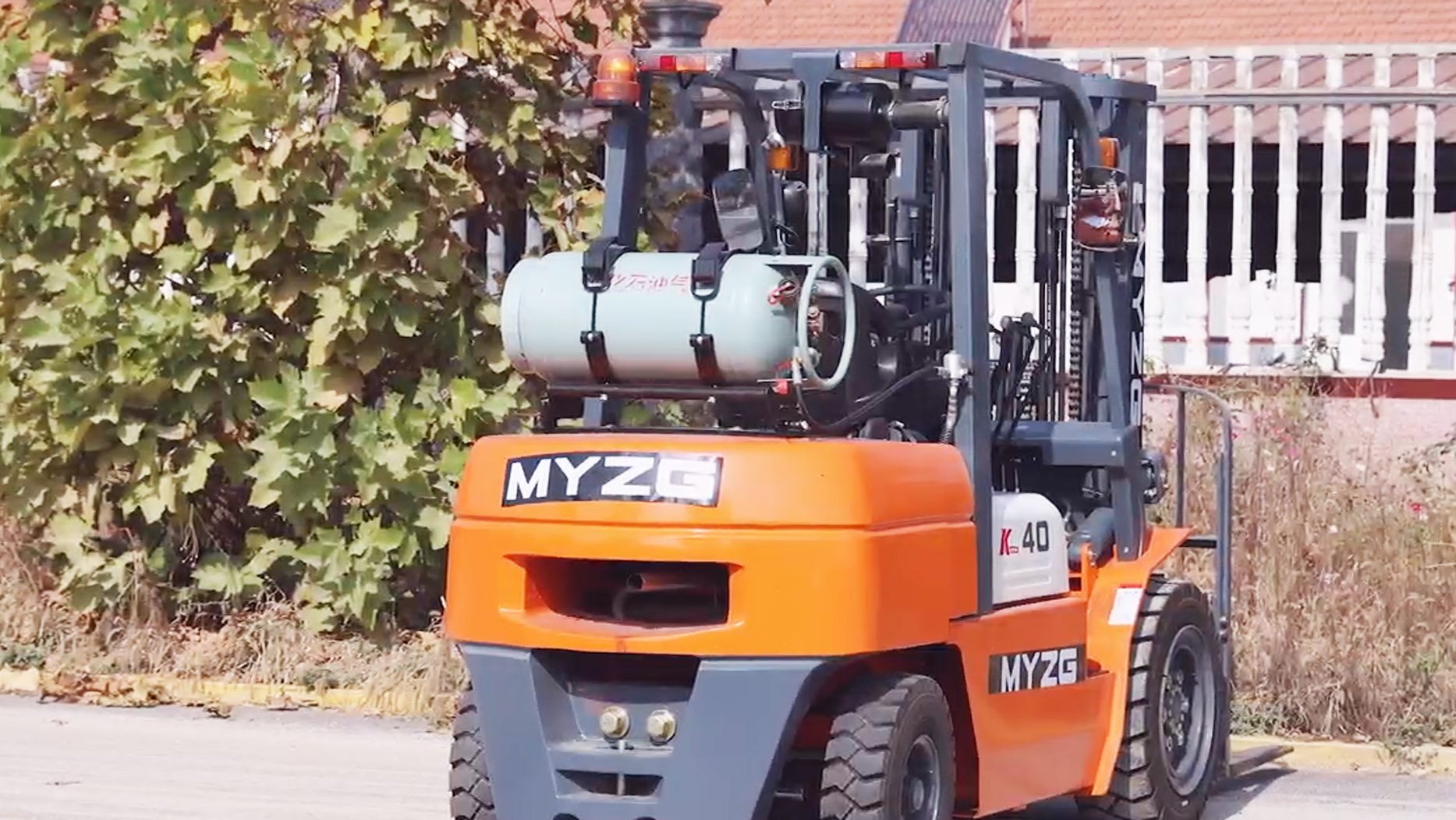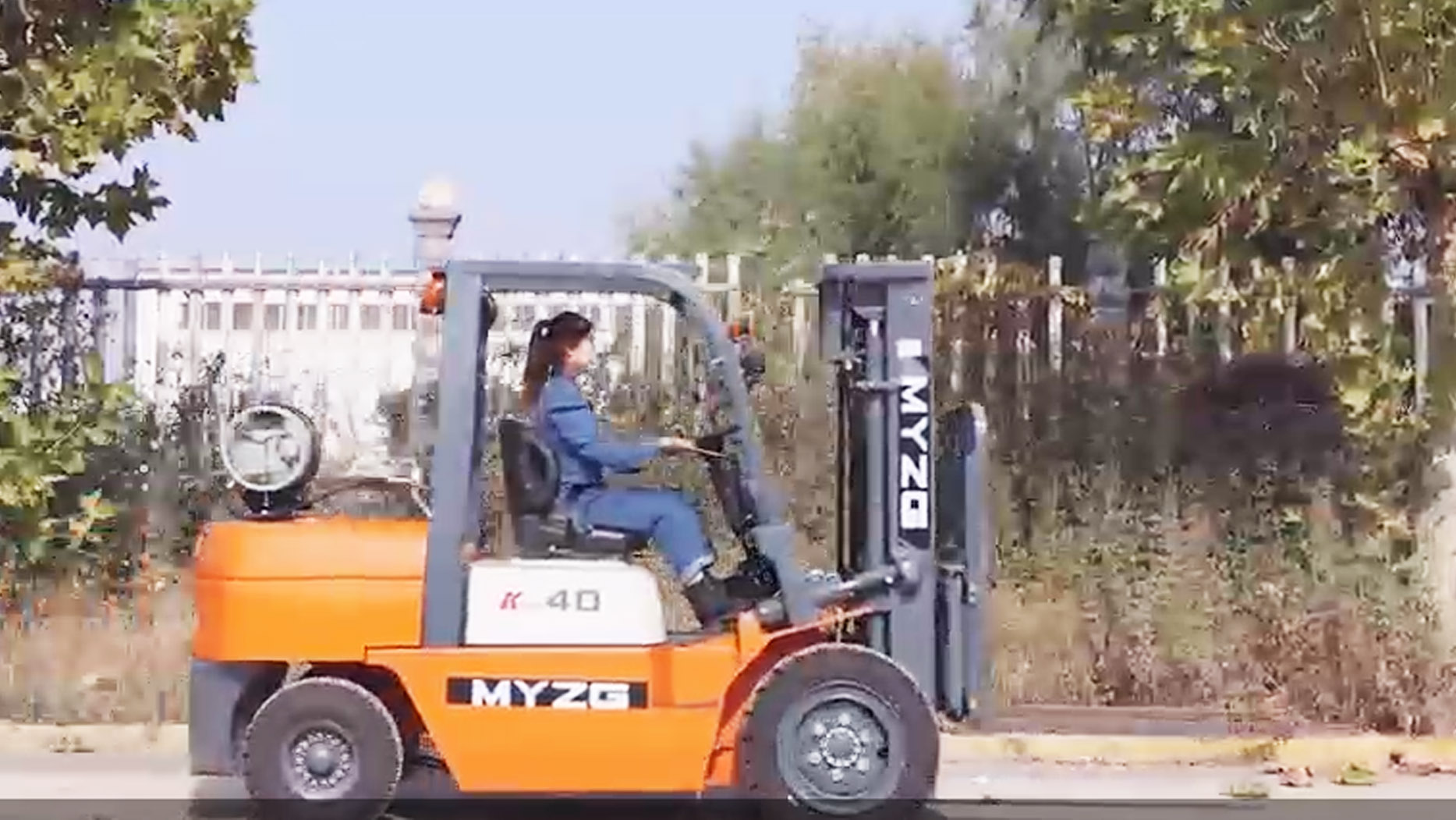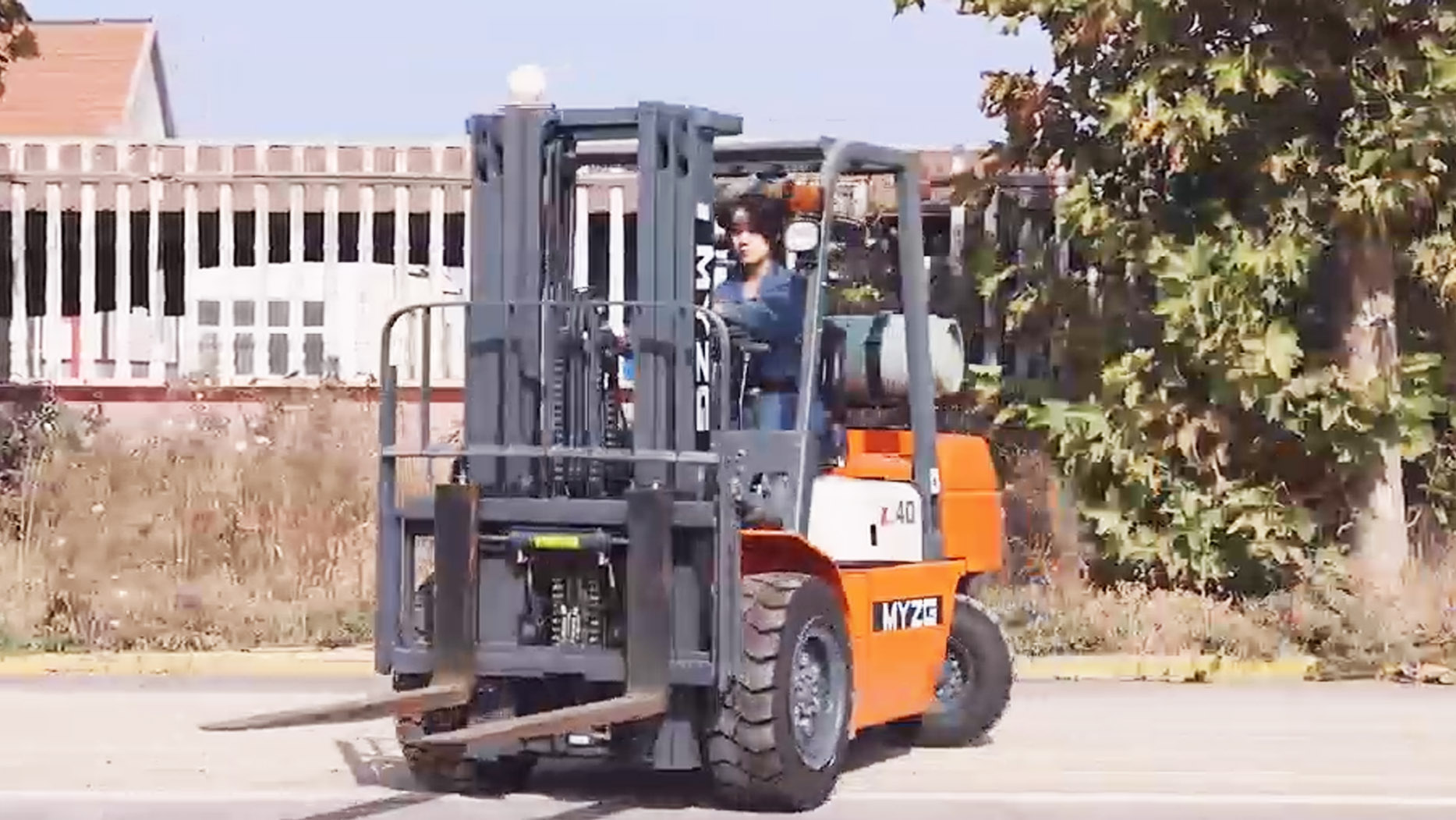In the diverse world of material handling, dual-fuel forklifts offer a unique blend of versatility, allowing operators to seamlessly switch between liquefied petroleum gas (LPG) and gasoline as their power source. This adaptability makes them highly valuable for businesses that need to operate both indoors (with LPG for lower emissions) and outdoors (with gasoline for power or when LPG isn't readily available). Understanding the mechanics behind this conversion is key to appreciating the engineering ingenuity and operational flexibility these machines provide.
Unlike dedicated forklifts that run on a single fuel, dual-fuel models are equipped with specialized systems that allow them to draw, regulate, and combust either fuel type, offering a significant advantage in varied work environments. This flexibility ensures continuous operation and compliance with different environmental regulations.

The Core Components of a Dual-Fuel System
A dual-fuel forklift, whether it's a compact model or a larger 3-ton capacity unit, integrates components for both fuel types, along with a crucial switching mechanism.
Gasoline System:
Fuel Tank: A standard gasoline tank, typically located at the rear of the forklift.
Fuel Pump: Draws gasoline from the tank to the engine.
Carburetor or Fuel Injection System: Mixes gasoline with air for combustion.
Fuel Lines: Dedicated lines for gasoline delivery.
LPG System:
LPG Tank: A pressurized cylinder (often mounted horizontally at the rear) containing liquid propane. LPG is stored under pressure as a liquid and converts to a vapor as it's used.
Vaporizer/Regulator (Converter): This is a critical component. LPG leaves the tank as a high-pressure liquid and enters the vaporizer, which uses engine heat (from the coolant system) to convert the liquid LPG into a low-pressure gas (vapor). The regulator then controls the pressure of this vapor before it enters the engine.
LPG Mixer/Carburetor or Dedicated Injectors: Mixes the gaseous LPG with air for combustion. Some modern systems may use dedicated LPG injectors for more precise fuel delivery.
LPG Lines: High-pressure lines for liquid LPG and low-pressure lines for vaporized LPG.
Safety Lock-Off Valve: An electrically operated valve that cuts off LPG flow when the engine is off or if there's an emergency, preventing leaks.
Fuel Selector Switch:
Located in the operator's cabin, this switch allows the operator to select either gasoline or LPG as the primary fuel source. It electronically controls the activation of the respective fuel systems and the deactivation of the other.
 The Switching Process: Seamless Transition
The Switching Process: Seamless Transition
The magic of a dual-fuel forklift lies in its ability to transition between fuel types, typically on the fly, without significant interruption to operation.
1. Starting the Forklift (Initial Fuel Selection):
Default or Operator Choice: Many dual-fuel forklifts are designed to start on one fuel (e.g., gasoline) and then allow switching, or the operator can select the preferred starting fuel via the selector switch.
System Activation: When a fuel is selected, the corresponding fuel pump (for gasoline) or lock-off valve (for LPG) is activated, and fuel begins to flow to the engine.
2. Switching from Gasoline to LPG:
Operator Initiates: The operator flips the fuel selector switch from "Gasoline" to "LPG."
Gasoline Cut-Off: The forklift's electronic control unit (ECU) signals the gasoline fuel pump to stop, or a solenoid valve closes to cut off the gasoline supply.
Engine Continues to Run (Momentarily): The engine will continue to run for a few seconds on the residual gasoline in the fuel lines and carburetor/injectors. This allows for a smooth transition without stalling.
LPG System Activation: As gasoline runs out, the ECU simultaneously signals the LPG lock-off valve to open, allowing liquid LPG to flow to the vaporizer.
Vaporization and Supply: The vaporizer converts the liquid LPG into gas, which then flows to the mixer/injectors.
LPG Combustion: Once LPG reaches the engine, combustion resumes, and the forklift continues operating on LPG. The entire process is designed to be almost imperceptible to the operator, with minimal power loss or sputtering.
3. Switching from LPG to Gasoline:
Operator Initiates: The operator flips the fuel selector switch from "LPG" to "Gasoline."
LPG Cut-Off: The ECU signals the LPG lock-off valve to close, stopping the flow of LPG.
Engine Continues to Run (Momentarily): The engine will run for a brief moment on the residual LPG vapor in the lines.
Gasoline System Activation: Simultaneously, the ECU activates the gasoline fuel pump (or opens the gasoline solenoid valve), allowing gasoline to flow to the engine.
Gasoline Combustion: As gasoline reaches the engine, it takes over the combustion process, and the forklift continues to operate on gasoline. This transition is also designed to be smooth and rapid.
 Advantages of Dual-Fuel Forklifts
Advantages of Dual-Fuel Forklifts
The ability to switch fuels offers several compelling benefits:
Versatility: The primary advantage. Allows the same forklift to be used both indoors (on cleaner-burning LPG) and outdoors (on gasoline for power or when LPG is unavailable). This is particularly useful for companies operating in varied environments.
Emissions Control: LPG burns significantly cleaner than gasoline, producing fewer harmful emissions (carbon monoxide, hydrocarbons, particulate matter). This makes LPG suitable for indoor, well-ventilated applications where air quality is a concern.
Fuel Flexibility: Provides a backup fuel option. If one fuel runs low or is unavailable, the forklift can continue operating on the other. This minimizes downtime and enhances operational resilience.
Cost Efficiency: Depending on local fuel prices, one fuel might be more cost-effective than the other at different times, allowing businesses to choose the cheaper option.
Power and Performance: Gasoline often provides slightly higher power output (though modern LPG systems are very efficient), which can be beneficial for heavy lifting or sustained travel outdoors.
Considerations and Maintenance for Dual-Fuel Systems
While convenient, dual-fuel systems add complexity and require specific maintenance attention.
System Complexity: Having two distinct fuel systems means more components to inspect and maintain. This includes two fuel tanks, two sets of fuel lines, and specialized LPG components (vaporizer, regulator, lock-off valve).
Maintenance: Regular maintenance is crucial for both systems. For LPG, this includes checking the vaporizer for leaks or blockages, ensuring the lock-off valve functions correctly, and inspecting the high-pressure lines. For gasoline, it involves standard fuel system checks.
Fuel Quality: Using clean, high-quality fuel for both gasoline and LPG is essential to prevent clogging of filters and damage to fuel injection components.
Operator Training: Operators must be properly trained on how to safely switch between fuels, understand the fuel selector switch's operation, and recognize any warning signs related to either fuel system.
Emissions Compliance: While LPG burns cleaner, both fuel systems must meet relevant emission standards for their designated operating environments.
Safety: LPG is a highly flammable pressurized gas. Safe handling, storage, and refueling procedures are paramount. The system must include robust safety features like pressure relief valves and automatic shut-off mechanisms.
Brands like MYZG and MINGYU (often referring to the same manufacturer or a group of Chinese manufacturers known for their competitive pricing and versatile equipment) offer a range of dual-fuel forklifts. These models, including compact and 3-ton capacity options, are designed with user-friendly switching mechanisms and reliable dual-fuel systems to provide operators with the flexibility needed for various industrial and commercial tasks.
Conclusion
The ability to switch between LPG and gasoline makes a dual-fuel forklift an exceptionally versatile and cost-effective solution for many businesses. It allows for seamless operation across different environments, from the clean air requirements of indoor warehouses to the demanding power needs of outdoor yards. By understanding the core components and the smooth switching process, companies can leverage the full potential of these adaptable machines. Proper maintenance and operator training are key to ensuring the continued safe and efficient performance of both fuel systems, solidifying the dual-fuel forklift's role as a true multi-talented workhorse in modern material handling fleets.
Post time:Jul.28.2025
